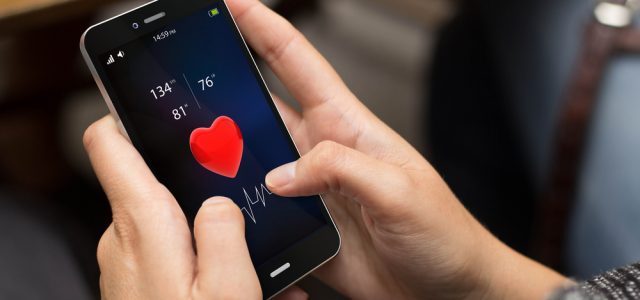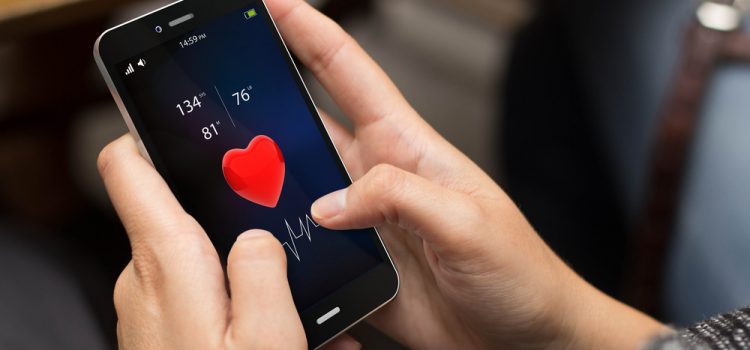


Check out the on-demand sessions from the Low-Code/No-Code Summit to learn how to successfully innovate and achieve efficiency by upskilling and scaling citizen developers. Watch now.
In today’s connected world, digital products have to entice, excite and entertain to keep our attention. There’s an app for everything: Ordering a ride-share, purchasing groceries and even for monitoring your home. We can’t deny that this technology inspires us to continue to innovate. It removes friction from our day-to-day lives and makes connecting more efficient and convenient. However, the dark side is that some of these apps are created to keep us addicted.
Over the past few years, we’ve seen a saturation of apps focused on wellness and mental health because there’s a need for the accessibility they bring. However, many of these tools are created with haste and without considering the potential consequences on users’ lives. The underlying goal is to get the consumer to stay on the app as much as possible by conditioning users to rely on the app to make them feel better — obsessing over likes, follower counts, and refreshing news feeds.
What if the tech industry shifted the paradigm by keeping authenticity at the forefront through more intentional creation, versus providing users a “quick fix?” The good news is there are steps both the technology industry and consumers can take to safeguard against falling victim to creating and using these addictive apps.
The perfect storm: Mixing convenience and self-diagnosis
At the beginning of the pandemic, there was a significant investment in telemedicine startups as the government waived in-office visits for prescriptions of controlled substances to help with diagnoses like ADHD — and telehealth apps capitalized on this opportunity immensely. In the span of months, consumers were convinced that a 30-second video could diagnose them with ADHD or give them access to services that would prescribe medications for it.
As the telehealth boom peaked, it also prompted more people to vocalize their experiences with neurodiversity on social media platforms. While social media can be a space to build community and support, it has also turned neurodiversity into somewhat of a fad. On TikTok, which has become the go-to resource for younger audiences to find information about neurodiversity, the hashtag “ADHD” alone has more than 14 billion views — many of which come from viral videos of misinformation and stereotypical insight. Despite good intent, conversations on these apps can actually create barriers for the 70 million people with learning and thinking differences by either preventing them from getting the help they need or perpetuating stigmas.
While some of these telehealth companies have recently been scrutinized for recklessly prescribing ADHD medication with little oversight, their impact is deep-rooted and long-lasting. They’ve positively identified a pain point and unmet needs around evaluations and access, which is why there’s so much talk about them on these platforms. Although we do need the speed that telehealth apps have started to provide, offering access can not and should not come with addictiveness when it’s a matter of people’s health.
Health apps: Prioritizing people over profit
Apps can be harmful when they are used to optimize solely for profit under the guise that they are providing access. Companies should proceed cautiously when creating products that aren’t serving the community’s best interests, and creators of these apps must take a moment to evaluate how to bridge accessibility and speed with credibility and the inherent desire to help people.
Anything that tends to favor the quick fix or answer over being more responsible with the individual’s life is dangerous. It could send people down the wrong path, make them feel worse, or lead them to mishandle true issues.
Before scaling digital solutions, companies should engage in clinical trials to ensure their products are evidence-based and have no long-term consequences. They should also be constantly collecting user feedback so they can get ahead of any course corrections that may be necessary. In medicine, “do no harm” is a core principle for many physicians, and health tech companies’ number one goal should always be to better serve the patient and do what is best for the individual, not for the bottom line.
Consumer due diligence
While the onus is on the tech companies to do better, there are actions consumers can take, too.
Consumers need to evaluate what exactly they are looking to achieve out of turning to these services or apps that support their learning and thinking differences. Aspects to look for include a solid vetting process where healthcare professionals are heavily scrutinized and elevated platform quality where provider sites are HIPAA-compliant. The biggest thing to keep in mind: Don’t look for quick fixes of any kind. What solutions and options are being presented? Are there forums and experts available, or is prescription medication the only option?
It is also helpful for consumers to reflect on their own app usage and be aware of how it makes them feel. If they feel more anxious or addicted after repeated usage of the app, perhaps it’s time to take a break. Focus on getting the help they need, and then put down the phone and instead engage with the outside world.
Telehealth companies, social media and other behavioral health apps are not going anywhere. If anything, we’ll see a continued drive toward innovation in medicine and technology through similar products in the future. While these breakthroughs prompt us to move faster and think more deeply about how people can access care, there are clear and valid concerns. As leaders in technology, we need to put people at the center of what we do. They are trusting us with their health. It’s on us to help them, not hurt them.
Jenny Wu is the co-president and chief product officer at Understood.org.
DataDecisionMakers
Welcome to the VentureBeat community!
DataDecisionMakers is where experts, including the technical people doing data work, can share data-related insights and innovation.
If you want to read about cutting-edge ideas and up-to-date information, best practices, and the future of data and data tech, join us at DataDecisionMakers.
You might even consider contributing an article of your own!
